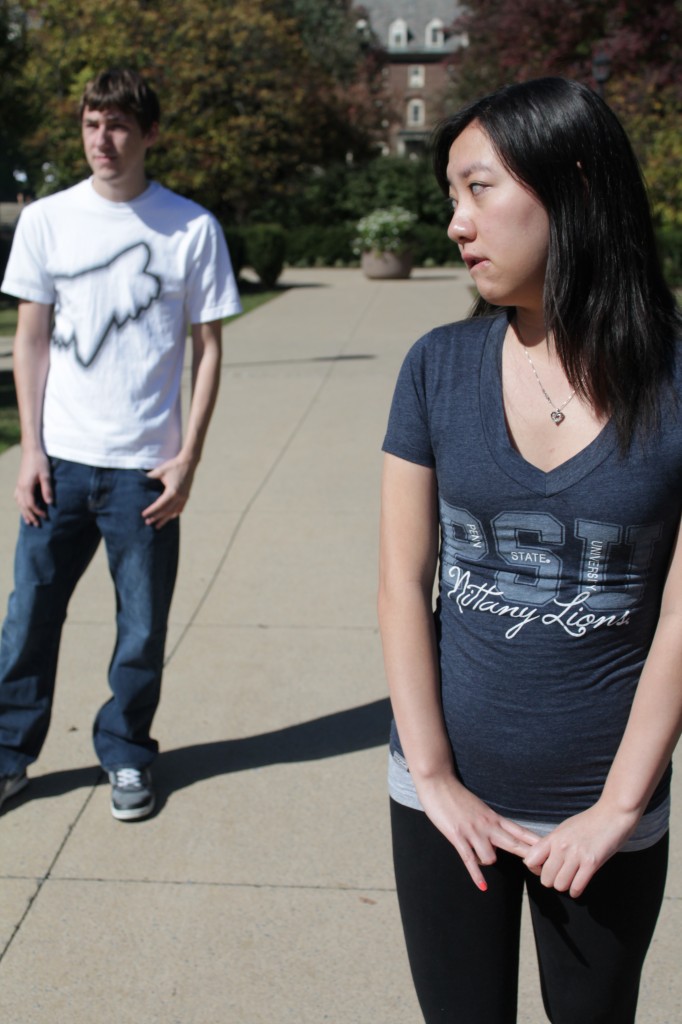It is so easy to make a last-minute decision to get a piercing impulsively. Whether you are bored with your look or looking for something to do with friends, getting a piercing (depending on what you get) is quick, affordable fun. But after all is said and done, how to properly take care of that piercing is probably not at the forefront of your mind. Lucky for you, VALLEY has surmised a guide to new piercing aftercare; all the “dos” and “don’ts” of taking care of your piercings.
To Start: Know What is Normal
- Immediately After: some bleeding, swelling, soreness and bruising
- During Healing: itching, discoloration, little crusties and skin tightening around jewelry.
- After Healed: sometimes the jewelry might not move freely and there may be a faint odor due to how the jewelry reacts chemically with your skin — don’t worry, this is normal.
- Piercings heal from the outside in! Even though your piercing may seem healed, the interior tissue of the piercing is still fragile. Always wait for the recommended healing time period to elapse before changing the jewelry.
- Piercing bumps are normal — keloids are not. The little bumps can occur quickly during healing but often go away on their own after a few weeks. Keloids occur as a result of improper care and will grow over time. Often the only way to get rid of a keloid is surgical removal.
- Remember that most piercing holes can shrink or close even after having the piercing for years. This varies from person to person but if you like your piercing, always keep jewelry in it.

How to Clean Your Piercing
- The most important step in taking care of your piercing is to always wash your hands before touching the piercing.
- The only thing that should be used to clean your piercing is a saline rinse. (A piercer might recommend washing it with soap and warm water but that varies depending on the kind of piercing you get.)
- When doing your saline or soap rinse, this is the time to rotate and move your jewelry around.
- Make sure to always dry your piercing after cleaning it. Always use disposable paper or tissue material because towels can harbor bacteria or snag on your jewelry.
Things to Avoid
The following is a list from the Association of Professional Piercers (APP) of things they recommend avoiding after getting a new piercing.
- Avoid cleaning with alcohol, hydrogen peroxide, antibacterial soaps, iodine or any harsh products, because these can damage the cells that are trying to heal your piercings.
- Avoid products containing Benzalkonium Chloride (BZK). These can be irritating and are not good for long-term care.
- Avoid over-cleaning. This can delay your healing and irritate your piercing.
- Avoid unnecessary “trauma” like friction from clothing, excessive motion of the area and playing with the jewelry.
- Avoid excessive caffeine, nicotine and alcohol use.
- Avoid submerging the piercing in bodies of water like lakes, pools and hot tubs. But if that is unavoidable, you can always buy waterproof sealant bandages.
- Avoid putting makeup or skincare on or around the piercing.
If you would like to read more about aftercare from the APP, click the link and read the article here!

Cleanliness is Next to Godliness
Piercings are a fun way to change up or enhance your look. What is better than having a permanent accessory? Just remember the most important thing is how you take care of them! Piercing aftercare looks different on everyone — some of you may have good luck with piercings and they are super low maintenance, while others may have to work a little harder to fight those pesky piercing bumps away. But as long as you know you are always washing your hands before touching and taking the steps to properly care for your piercing, then you should have a near-perfect healing process!
If you liked this article make sure to give us a follow on our Instagram and Twitter @VALLEYmag.





